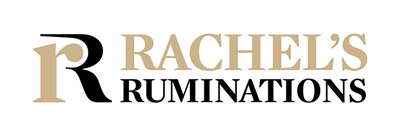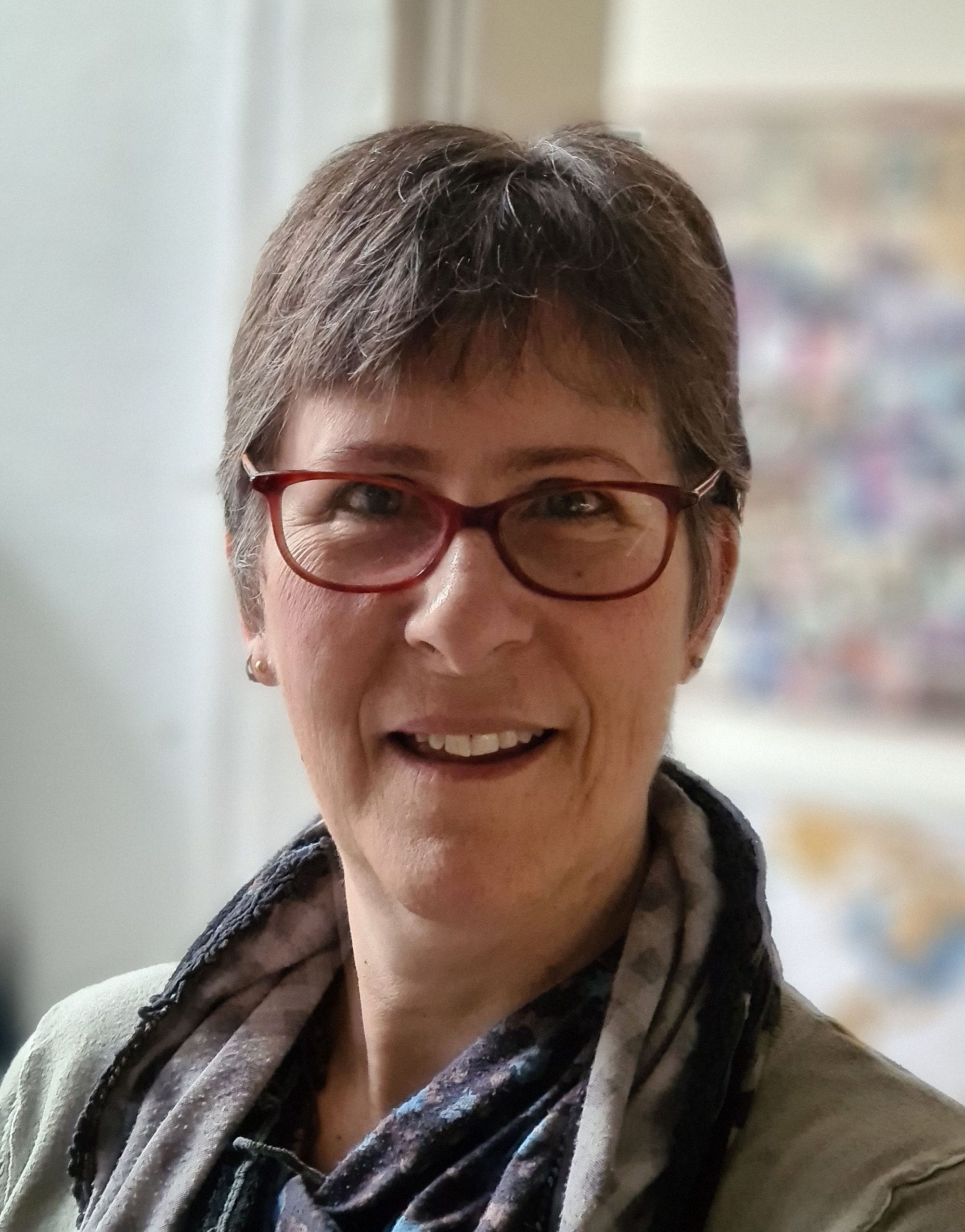St Petri Dom in Bremen, Germany
If you visit the center of the German city of Bremen, St Petri Dom, the huge church whose massive, chunky twin spires dominate the central squares, can’t escape your notice.

Disclosure: This article contains affiliate links. Making a purchase through an affiliate link will mean a small commission for this website. This will not affect your price. Privacy policy.
[Last updated: October 26, 2025]
St Petri Dom doesn’t have the beauty or grace of, for example, Notre Dame in Paris. As a matter of fact, my first comment on seeing it was “Wow, that’s pretty ugly!”
History of St. Petri Dom
Nevertheless, it’s worth a visit. Much of it dates from the 11th to the 14th century. When the Reformation closed the church in 1561, it fell into disrepair and in 1638 one of the spires collapsed. That seems to have been the nudge the Lutheran church needed to take over the church and begin renovations. (Most churches in Bremen were Calvinist at the time.)

Even after an extensive renovation in the late 1800s, though, the earlier Romanesque and Gothic lines of St. Petri Dom remain. During the Second World War, in which large parts of Bremen were destroyed, a bomb blew out the cathedral’s 19th century windows. The modern replacement windows, added in the 1950s and 60s, are visibly newer but respectful of the cathedral’s medieval roots.

Some of the pre-Reformation furnishings are on display: several paintings, for example, and intricately carved choir stalls from the 1300s. The main entrance door is a work of art in itself, though I don’t know how old it is.

Read my post about a weekend in Bremen here and my article about The Town Musicians of Bremen here.

The Bleikeller (Lead Cellar)
The oldest parts of St. Petri Dom are the two Romanesque crypts in the basement, one of which is now used as a silent space for prayer away from the tourists. The Bleikeller, however, is open for visitors.
In the Bleikeller, the main exhibit is eight mummies dating to the 17th and 18th centuries. Found in one of the crypts where lead was stored – hence the name – they’re now in a different cellar. The exhibit includes works of art as well that have been chosen to emphasize our mortality. According to the cathedral’s website (as translated by Google Translate), “The mummies hold a mirror up to us by reminding us of our own transience, but this confrontation happens through the accompaniment of the works of art under the sign of hope for eternal life.”

The St. Petri Dom museum
Next to the east choir of the cathedral is the entrance to the cathedral’s museum. I was doubtful about going in, but then I found out admission was free, so I figured why not? It turned out to contain some interesting items, though some of it is guesswork since the signage is almost all only in German.
The first room of the museum contains frescoes on the ceiling, somewhat faded, but because the floor has been raised from the original floor, you can get a good look at them.

The museum’s collection includes various church-related items: silver pieces, vestments, stone carvings, books and so on. Some were removed during renovations, or else were part of the debris from war damage, I would guess. During a major renovation in the 1970s, a set of medieval-period bishops’ graves were excavated, and the vestments and other clothing from those graves are on display in the museum. While the cloth has lost its color, the intricacy of the embroidery is impressively undamaged.

St. Petri Dom tower
It is possible, for a fee, to climb the 265 steps of the southern tower for a view of the city, and it’s certainly worth doing. This tower is quite new – built in the 1890s – so it doesn’t have the atmospheric age of the Martinitoren here in Groningen or the Asinelli Tower in Bologna. Still, the climb isn’t bad and the view is great.

Looking over the city, it’s clear how extensively Bremen was damaged in the war. Some magnificent buildings remain from its days as a Hanseatic League city; you can see a few of them in the photo above. Many of Bremen’s buildings, though, are post-war, and not particularly pretty.
St. Petri Dom: Sandstraße 10-12. The nearest parking garage is Parkhaus Am Dom. Take tram 2 or 3 to Domsheide stop. Open April to December, Monday-Saturday 10:00-17:00 and Sunday 11:45-17:00, though it may close for events. Admission: free.
Bleikeller: Open Wednesday-Sunday 11:00-17:00. Admission €5; children 6-18 €3.
Dom Museum: Inside St. Petri Dom. Open Monday-Friday 10:00-16:45, Saturday 10:00-13:30 and Sunday 14:00-16:45. Admission: free. Download a free audio guide ahead of time.
Dom Tower: Open Wednesday-Saturday 10:00-17:00 and on Sundays starting from after services until 17:00. Admission €4; children 6-18 €2.
Combination ticket for the Dom Tower and the museum: €8; children 6-18 €4.
Only the cathedral and the museum are wheelchair-accessible.
Have you been to Bremen? What would you recommend seeing?
My travel recommendations
Planning travel
- Skyscanner is where I always start my flight searches.
- Booking.com is the company I use most for finding accommodations. If you prefer, Expedia offers more or less the same.
- Discover Cars offers an easy way to compare prices from all of the major car-rental companies in one place.
- Use Viator or GetYourGuide to find walking tours, day tours, airport pickups, city cards, tickets and whatever else you need at your destination.
- Bookmundi is great when you’re looking for a longer tour of a few days to a few weeks, private or with a group, pretty much anywhere in the world. Lots of different tour companies list their tours here, so you can comparison shop.
- GetTransfer is the place to book your airport-to-hotel transfers (and vice-versa). It’s so reassuring to have this all set up and paid for ahead of time, rather than having to make decisions after a long, tiring flight!
- Buy a GoCity Pass when you’re planning to do a lot of sightseeing on a city trip. It can save you a lot on admissions to museums and other attractions in big cities like New York and Amsterdam.
Other travel-related items
- It’s really awkward to have to rely on WIFI when you travel overseas. I’ve tried several e-sim cards, and GigSky’s e-sim was the one that was easiest to activate and use. You buy it through their app and activate it when you need it. Use the code RACHEL10 to get a 10% discount!
- Another option I just recently tried for the first time is a portable wifi modem by WifiCandy. It supports up to 8 devices and you just carry it along in your pocket or bag! If you’re traveling with a family or group, it might end up cheaper to use than an e-sim. Use the code RACHELSRUMINATIONS for a 10% discount.
- I’m a fan of SCOTTeVEST’s jackets and vests because when I wear one, I don’t have to carry a handbag. I feel like all my stuff is safer when I travel because it’s in inside pockets close to my body.
- I use ExpressVPN on my phone and laptop when I travel. It keeps me safe from hackers when I use public or hotel wifi.






